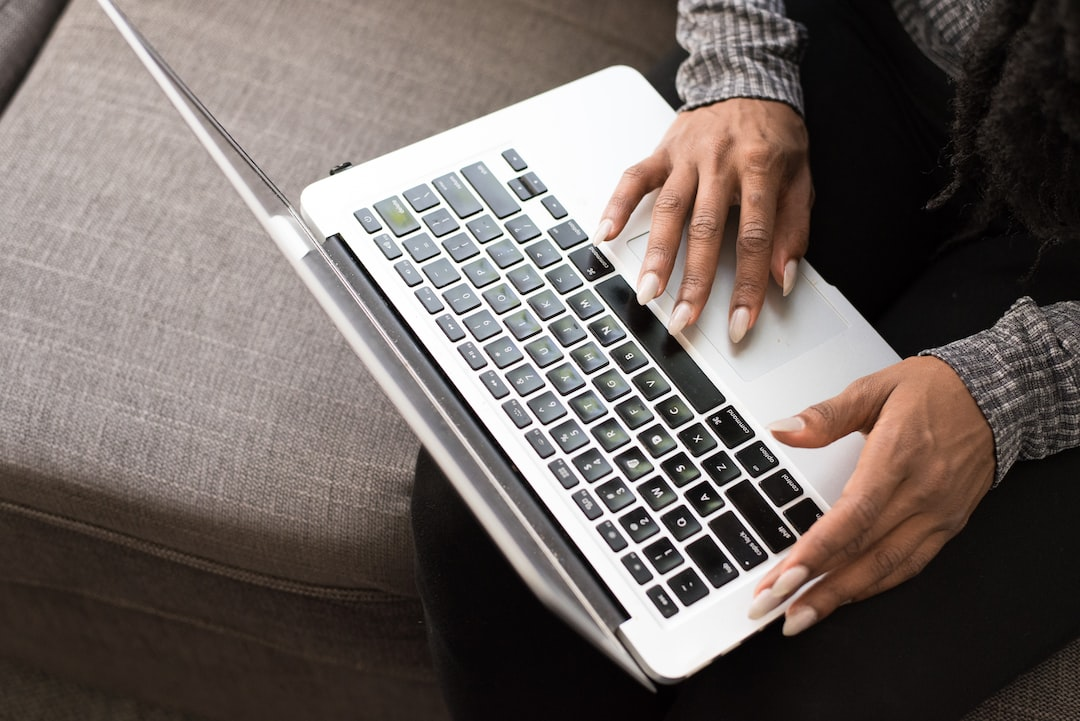Images are far more than a pretty face. They’re like gold in the online world.
Think about it: social media posts with images get 94% more engagement than posts without them. That’s a lot more users noticing and interacting with your brand.
But how do you go about making your images? And what are the best image sizes for each platform?
We’re here to help. Keep reading about how to create images for different online platforms.
Contents
Facebook is the leading social media platform so when posting images on the site, you need to consider your image format. It is also important to keep the dimensions in mind. The optimal image size for images on Facebook is 1200×627 pixels with a maximum size of 8MB.
It is also important to create the images with a wide enough canvas so that the text overlays remain legible when Facebook compresses the image. Choose images that show the message or product features in the best way possible.
Facebook also supports GIFs, which makes it possible to share dynamic moving images without taking up too much disk space. Utilize high-resolution stock photos or create custom images and use them to your advantage.
For Instagram, images should be eye-catching, with a minimum size of 1080 x 1080 pixels. Any less than this and it will appear as a small, blurry square.
To create attractive visuals, consider using bright colors and attractive filters. They should increase the vibrancy and contrast of the image. When it comes to text overlays, ensure the typeface is legible and the text takes up no more than 20% of the image.
Twitter recommends a ratio of 2:1 for profile photos and 1:1 for header images. Additionally, it’s important to keep the file size below 5MB.
For profile images, it’s best to use a logo or headshot that is clear and simple. For header images, larger graphics, such as banners or backgrounds, are best to grab people’s attention. Colorful and dynamic graphics, such as photographs or illustrations, work well too.
Be mindful of text placement. Alert symbols, copyright notices, and other small graphic elements should be placed toward the edges of the image. Whenever possible, convert png to vector illustrations or larger images and scale them.
Snapchat
When creating images for Snapchat, it is important to understand the platform’s unique features and audience. Images should be bright, bold, and visually appealing. This is because Snapchat has a naturally more playful feel when compared to other platforms.
You can use user-friendly image editings tools, like Canva and Adobe Spark, to create beautiful templates and graphics. You don’t even need to be a professional designer.
User-generated content such as followers’ photos or stories, can also be incorporated into images. This will help boost engagement and provide a more authentic and personalized experience.
Tips on How to Create Images for Different Online Platforms
Creating images for different online platforms doesn’t have to be difficult. With the right image tools, a few design tips, and a bit of creativity, you can create stunning visuals that fit different platforms.
So go ahead and get started – you won’t regret it!
For more articles like this, check out the rest of our site now.
Visit, Update Motherboard BIOS

